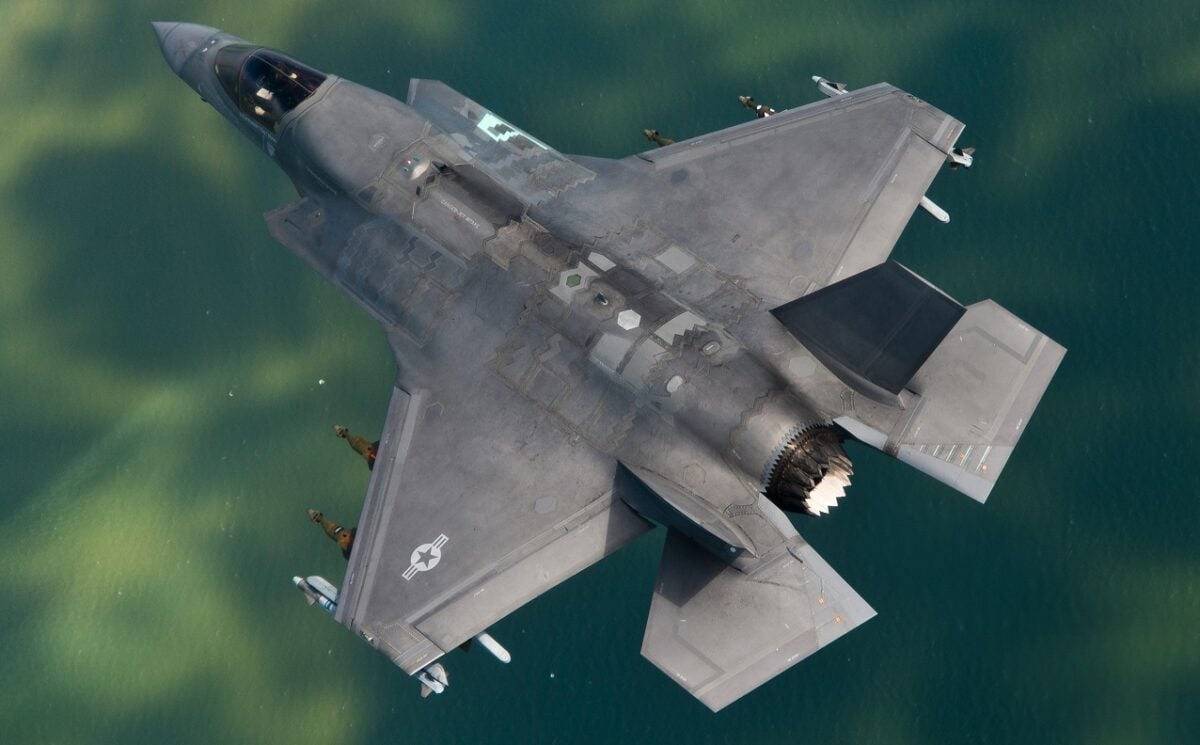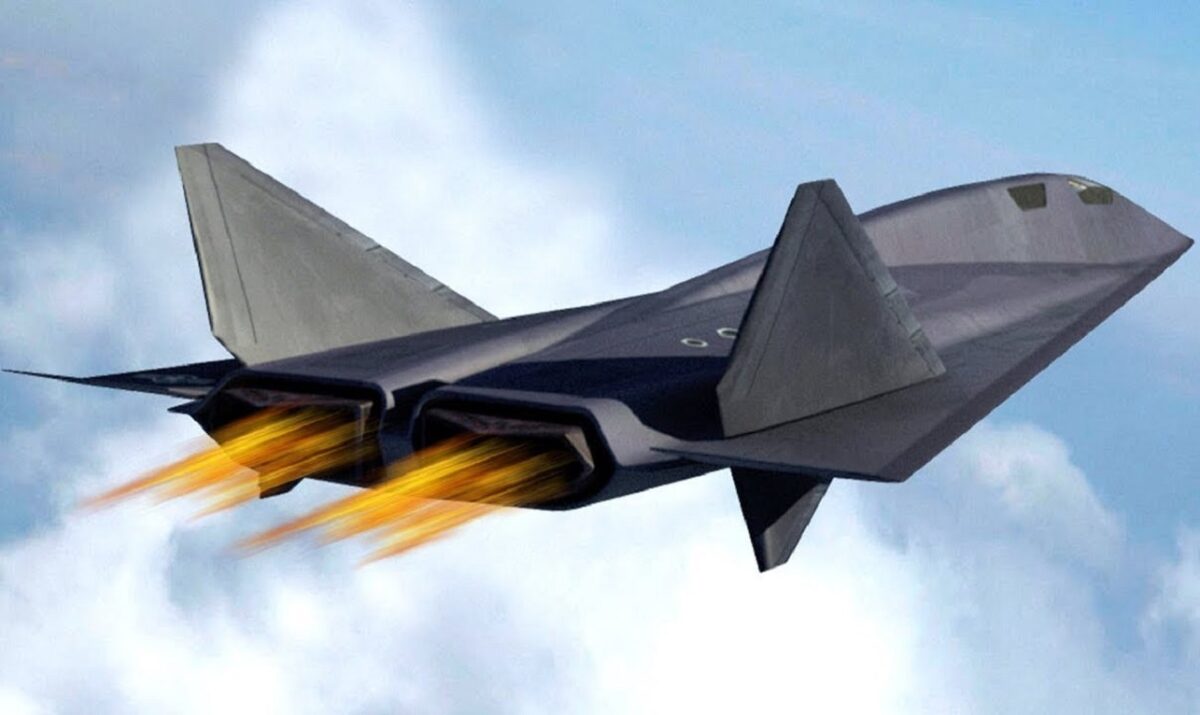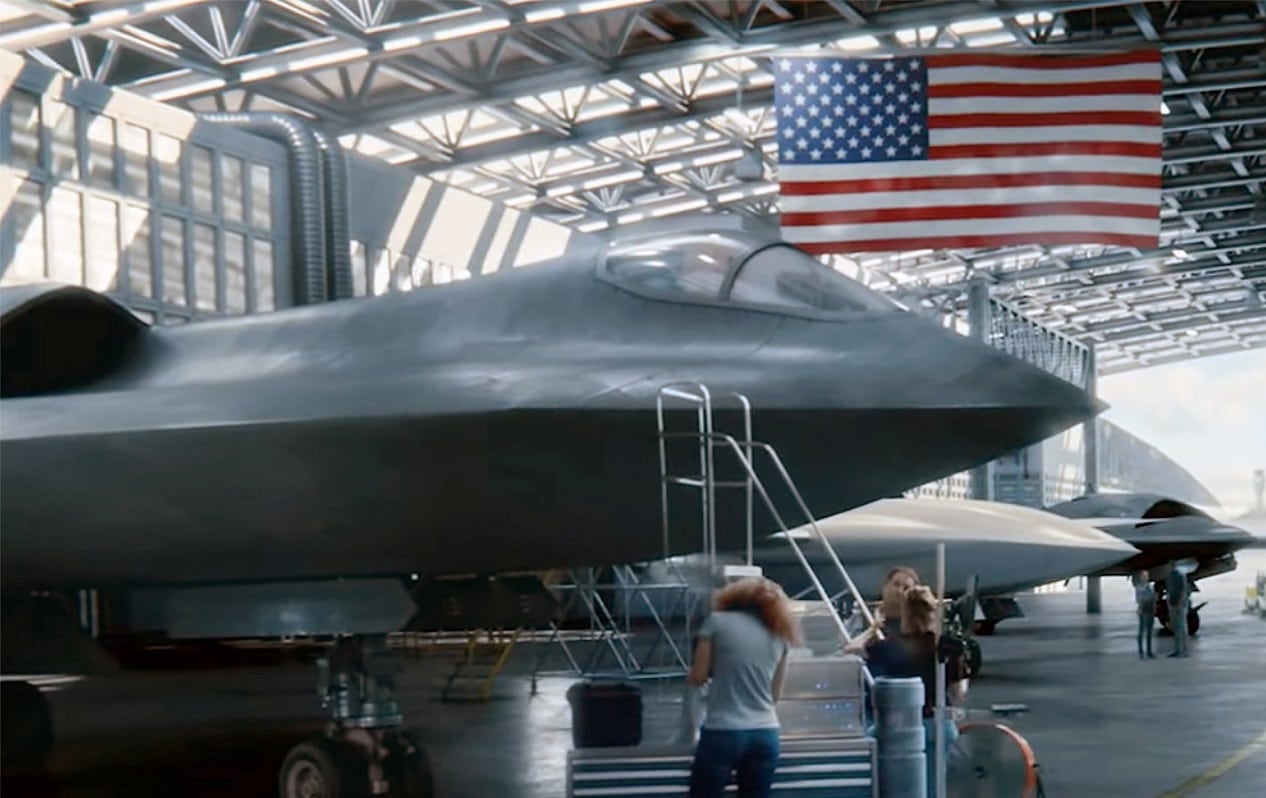For all of their technological marvels and impressive on-paper fighting capabilities – not to mention Hollywood hoopla thanks to the Top Gun sequel – fifth-generation stealth fighters are still comparatively untested in real-world combat. Yes, the Israeli Air Force has used their Adir (“Mighty One”) variant of the F-35 Lightning II against Iranian ground targets and UAVs. But none of these planes has faced a manned enemy aircraft in combat.
Still, air forces around the world are already looking forward, seeking to develop the first sixth-generation fighter planes. In the United States, sixth-generation ambitions manifest themselves in the form of the Next-Generation Air Dominance program, or NGAD. Given the well-publicized teething issues of the F-35, it is only natural to wonder whether NGAD will be a viable weapons system – physically or financially.
The Next Generation
Being a classified program, specific details are hard to come by, but a Congressional Research Service report released a month ago does shed at least a little bit of light on the subject:
“According to the Air Force, the Next-Generation Air Dominance (NGAD) program is intended to develop “a portfolio of technologies enabling air superiority” (Figure 1). The Air Force intends for NGAD to replace the F-22 fighter jet beginning in 2030, possibly including a combination of crewed and uncrewed aircraft, with other systems and sensors. NGAD began as a Defense Advanced Research Projects Agency project. Since 2015, Congress has appropriated approximately $4.2 billion for NGAD…On September 15, 2020, then-U.S. Air Force acquisition executive Dr. Will Roper announced that the Air Force had flown a full-scale flight demonstrator as part of the NGAD program. Secretary of the Air Force Frank Kendall announced on June 1, 2022 that NGAD program technologies have matured enough to allow the program to move to the engineering, manufacture, and design phase of development.”
Interestingly, the report goes on to add that “the aircraft that come out of the NGAD program may or may not look like a traditional fighter. The Air Force is developing technologies involved in NGAD to provide air dominance. Part of the program’s goal is to determine how to achieve that end, independent of traditional U.S. military approaches to air dominance. NGAD could take the form of a single aircraft and/or a number of complementary systems—manned, unmanned, optionally manned, cyber, electronic—forms that would not resemble the traditional ‘fighter.’ For example, a larger aircraft the size of a B-21 may not maneuver like a fighter. But that large an aircraft carrying a directed energy weapon, with multiple engines making substantial electrical power for that weapon, could ensure that no enemy flies in a large amount of airspace. That would achieve air dominance.”
By contrast, the UK’s Future Combat Air System program is pretty clearly a fighter plane. Another noteworthy contrast between Britain’s approach to the sixth-generation effort and America’s is that while the RAF has stated upfront which contractors are involved in the program, the U.S. Air Force has not followed suit. However, both Lockheed Martin (presumably their famed Skunk Works shop) and Northrop Grumman look like strong contenders. Textron and General Atomics are outside possibilities as well.
In any event, the Air Force said NGAD exists to develop four publicly acknowledged technologies: propulsion, uncrewed systems, materials, and sensors.
NGAD in Theory and Practice
This all sounds good in theory, but how is it looking in practice? In a recent discussion at the Heritage Foundation, Air Force Secretary Frank Kendall said it will still be several more years before the program reaches initial operating capability.
“The clock really didn’t start in 2015. It’s starting roughly now,” Kendall said. “We think we’ll have capability by the end of the decade.”
Then, of course, there is the issue of cost. As if the price tag of the F-35 were not steep enough, Kendall acknowledged in testimony before the House Armed Services Committee this past April that the NGAD’s so-called price per tail will be more than double that of the Lightning II.
In June, it became evident that House Armed Services chairman Rep. Adam Smith (D-Wash.) is a bit leery: “I’m always reluctant to put a whole lot of chips in the middle of the table when you don’t know for sure, and the NGAD seems like a whole lot of chips going in the middle of the table,” Smith said. “And maybe you’ve got to do it. Maybe it’s a technology that, if somebody else gets there first and you haven’t gotten there, then you’re in a really bad place. But I prefer a solution that puts you in a position to meet your defense needs without having to make such a large investment on sort of betting on the common technology.”

Image of F-35 Stealth Fighter. Image Credit: Lockheed Martin.

By: Image Credit: Rodrigo Avella
Stay tuned, folks. We at 1945 will continue to provide updates on the status of the NGAD as they become available.
Christian D. Orr is a former Air Force officer, Federal law enforcement officer, and private military contractor (with assignments worked in Iraq, the United Arab Emirates, Kosovo, Japan, Germany, and the Pentagon). Chris holds a B.A. in International Relations from the University of Southern California (USC) and an M.A. in Intelligence Studies (concentration in Terrorism Studies) from American Military University (AMU). He has also been published in The Daily Torch and The Journal of Intelligence and Cyber Security. Last but not least, he is a Companion of the Order of the Naval Order of the United States (NOUS).

